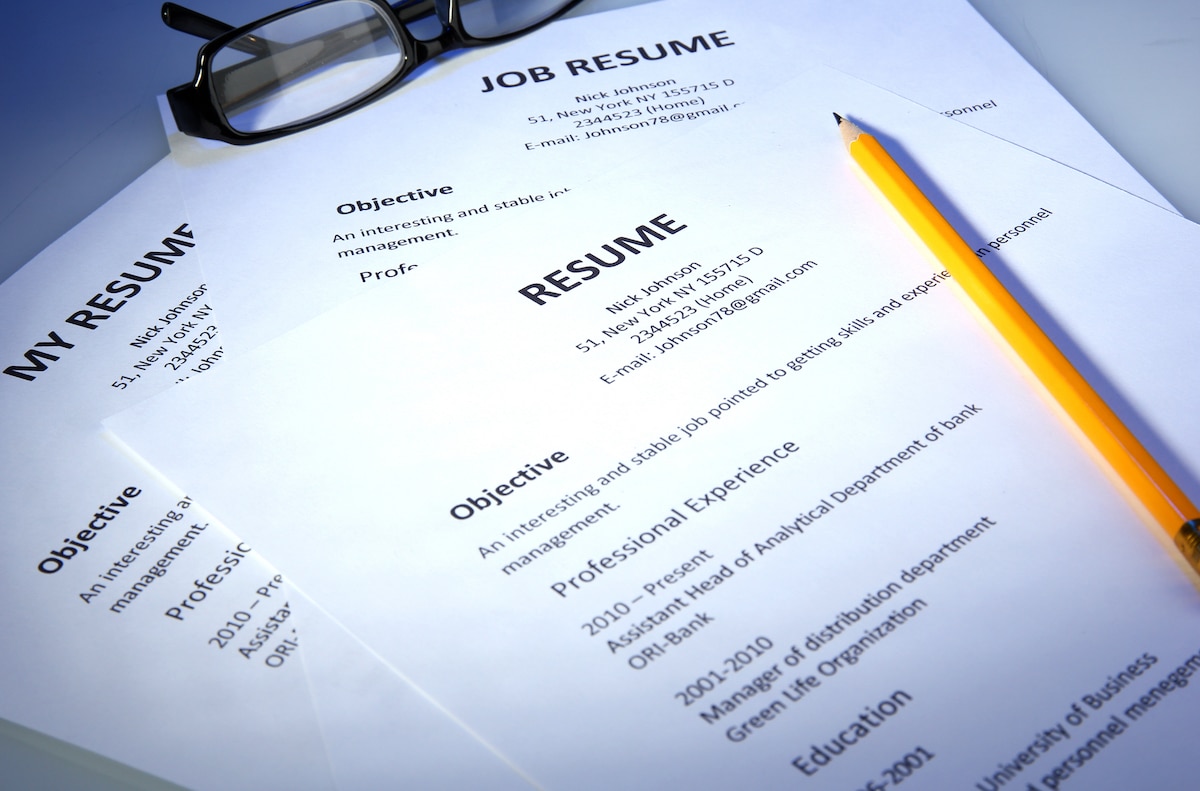Recognizing Optimism Bias: Are You an Irrational Optimist?
Would you believe that the average person expects to live a better-than-average life? The math doesn’t add up, but this skewed perception is quite common. This gap between perception and reality is due to a cognitive bias called optimism bias.
Due to the optimism bias, people disproportionately tend to think favorable outcomes are heading their way, and unfavorable outcomes are someone else’s problem. Of course, this imbalanced perception of future life events affects all of us, but is it putting us in psychological danger?
Let’s explore and find the answer.
What Is the Optimism Bias?
Optimism bias, also known as positivity bias, is the tendency for people to overestimate their probability of experiencing positive events and underestimate the likelihood of experiencing adverse events.
For instance, a person may believe they have an outsized chance to live longer, be wildly successful in their career, or win the lottery due to optimism bias.
This same tendency can cause an optimistic person to minimize (or even negate) the likelihood of contracting a severe illness, being the victim of a crime, or sustaining an injury or loss.
Optimism bias leads us to believe we are less likely to encounter hardship and more likely to find success relative to our peers. Unfortunately, this irrational tendency creates an intersection between hope and overconfidence.
Pros and Cons of the Optimism Bias
Psychological biases skew the way we interpret things, and this one is no different. While it does have some undesirable effects though, there are also some upsides.
The Downsides
Like all cognitive biases, the optimism bias does have some psychological downsides.
First and foremost is the cost of unmet expectations. When you set unrealistically high expectations, and reality doesn’t meet those expectations, you may find yourself feeling frustrated or depressed.
The illusion that things will always go smoothly can also cause you to significantly underestimate how long it will take you to get things done. The Nobel Prize-winning author of Thinking, Fast and Slow, Daniel Kahneman, calls this problem the planning fallacy.
Similarly, underestimating the probabilities of adverse outcomes can lead to poor decisions in preparing for those outcomes. For example, a person may fail to take sufficient protective measures for their physical health, finances, personal safety, and others if they don’t believe they will need those things.
The Benefits
On the bright side, grounded, rational optimism about the future can also be quite helpful.
For instance, many psychologists believe positive thinking can be a self-fulfilling prophecy. In that view, the optimism bias is more than expecting good outcomes: it’s a way of manifesting them.
In this way, we can also view optimistic thinking as a motivational tool. If you believe you can achieve your goals and they are within your reach, you are far more likely to take steps to get there. That type of self-belief can both motivate you and build resilience. Conversely, a pessimistic view would discourage you from trying.
Perhaps most simply, the optimism bias makes us feel happier. Which would you prefer to look forward to, a future where you will be happy and prosperous, or one where you’re unhappy and nothing will get better? The inherent hope in the optimism bias creates a more positive outlook on life overall.
Optimism Bias vs. Negativity Bias
Some object to the notion that humans are naturally inclined toward optimism. For instance, you may expect humans to lean toward pessimism, anxiety, loss aversion, or other recurring negative thoughts.
Somewhat paradoxically, humans are highly capable of both optimism and pessimism. Both affect the human decision-making process.
In contrast to the optimism bias, the negativity bias causes us to fixate on negative stimuli. Due to this common bias, things we perceive as dangerous or potentially harmful (whether physically or emotionally) attract disproportionate attention. This anxious behavior results from the primitive parts of our brains identifying possible threats and preparing us to act.
While the optimism bias is generally more focused on the future and events yet to happen, the negativity bias has more impact on present and past experiences.
Either one of these biases can be disruptive to a happy, healthy life, but each can also be helpful. One motivates us, and the other protects us. The key is to embrace healthy thoughts but move away from them before they cause irrationality or emotional harm.
How to Maintain Healthy Optimism
While completely overcoming the optimism bias may be out of reach, we can take steps to uphold an optimistic attitude while still preparing for adversity.
Remember, there are plenty of great reasons to practice positive thinking. We only want to avoid the fallacies and illusory self-deception that sometimes come with an overly optimistic outlook. The following strategies can help.
Name Your Expectations
Much of the danger we are trying to mitigate here is how the optimism bias affects your expectations. In particular, we want to watch out for unrealistically high expectations. When reality dispels positive illusions, it can come crashing down on us.
Often, we set expectations about how things will go without even realizing it. Unfortunately, this creates a bit of a blind spot. You can turn unconscious expectations into conscious ones by pausing periodically to identify how you expect a situation to go.
You can state these expectations aloud, write them down, or express them to another person.
Naming your expectations helps in two different ways. First, it gives you the chance to notice unrealistic expectations and adjust them accordingly. Second, it motivates you to help reality meet your expectations.
Shifting from an intuitive sense of your expectations to a concrete understanding of them can help reduce the harmful impact of the optimism bias.
Decouple Hope From Expectation
We’ve already seen that while the wishful thinking of optimism bias is potentially harmful, it can also be highly motivating. To keep the upside of this effect without the downside, we must distinguish what we hope from what we expect.
For instance, believing that you can get a promotion at work this year is a healthy, motivating belief. Reminding yourself that you have what it takes is healthy, positive self-talk. However, expecting that this will happen is somewhat too optimistic and may set you up for a stressful disappointment.
The ideal balance here is to have a positive attitude about what can happen without discounting the possibility that things might go differently. Decoupling hope from expectation lets us pursue positive outcomes and persist whether or not they play out how we hope.
Coexist With Negative Circumstances
An oft-missed principle of positive psychology is the importance of making room for both positive and negative emotions. Being optimistic does not have to mean only ever experiencing positive emotions and having an upbeat, “glass-half-full” attitude.
Feeling all of your emotions, not just the good ones, doesn’t make you a pessimist. On the contrary, it is vital to your overall well-being. But unfortunately, denying this part of our experience fosters toxic positivity. With this attitude, positive thoughts can do more harm than good.
Sometimes, life gives you lemons. No matter how much we think positively, adverse events will occur periodically. Coping with those events and processing the feelings they cause is how a rational optimist maintains a healthy emotional balance.
Bright Possibilities in a World of Uncertainty
None of us has the superpower of perfectly forecasting the events that will unfold ahead of us. Nevertheless, thinking optimistically about what may come gives us hope, motivation, and happiness. Yet, at the same time, unrealistic optimism and expectations that contradict reality can bring us disappointment, helplessness, and even despair.
To be more rationally optimistic, practice gratitude for your current circumstances and a positive mindset about how the future may go without strict preconceptions of how things will go. A drop of mindfulness can go a long way to helping us overcome this pervasive psychological bias.
This article originally appeared on Wealth of Geeks.
Sam Stone
Sam is the founder of the personal finance and self-improvement blog Smarter and Harder. His mission is to start exciting new conversations that empower people to improve their work, lives, and money, and hopefully have a fantastic time doing it. In all things, he strives to lead with positivity, understanding, and more than a bit of enthusiasm.






